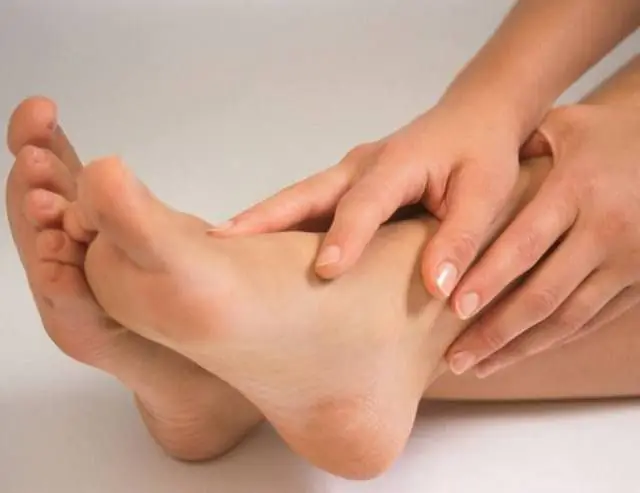
- What does a corn look like?
- What is a plantar wart
- What is the difference
- Features of treatment
How to distinguish a corn from a plantar wart is a question asked by many people who are faced with neoplasms on the feet of unknown nature. First of all, you need to figure out what is common and what is the difference between these growths. Only after you have established the cause of the formation can you begin a course of treatment.
What does a corn look like?
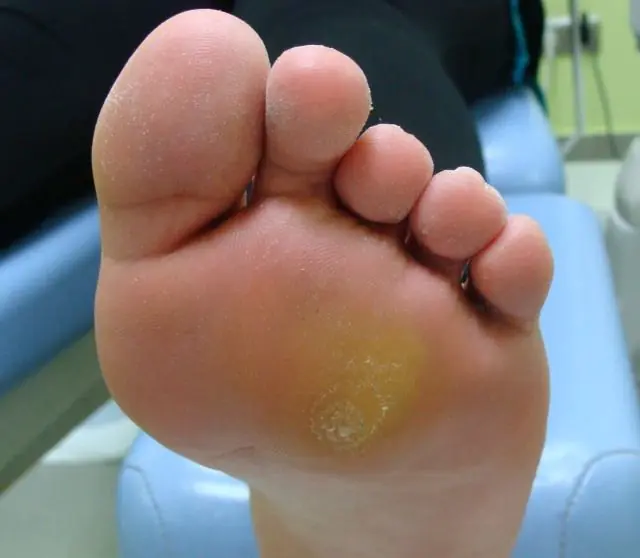
In the photo there is a corn
A corn is an area of dense skin on the sole or toes that does not cause pain or significant discomfort to a person. May sometimes cause a burning sensation or pain when walking. It consists of dead epidermal cells and does not have a rod.
The reason for the formation of such areas is the systematic wearing of uncomfortable shoes or high heels, certain physical activities, individual features of the structure of the foot, and prolonged walking barefoot on the ground.
Prolonged compression of the foot leads to the fact that skin cells in certain areas begin to die and become compressed. This is how corns form. They are quite similar to calluses, which is why they are often confused.
Corns are often confused with dry calluses. But unlike the latter, corns do not have clearly defined boundaries and can be vague. They do not contain blood vessels or nerve endings.
- Read also what nevi look like
What is a plantar wart?
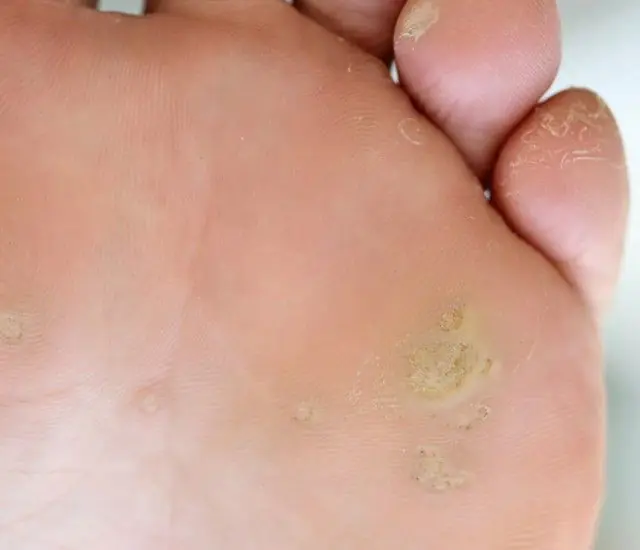
Photo of plantar warts
To figure out how to distinguish a corn from a plantar wart, you should know the characteristic features of both neoplasms and understand what causes their appearance.
Plantar warts are viral skin lesions caused by the pathogen HPV. There are many different strains of this virus. Types 1, 2, 3, 4 are responsible for the appearance of plantar warts.
You can easily catch HPV at home or in public places, especially if there is high humidity. The virus also spreads easily through excessive sweating. Therefore, most often infection occurs in saunas, swimming pools, and gyms, especially if a person neglects the rules of personal hygiene and does not use replaceable shoes.
If a person's immune system is strong enough to fight the virus, then infection may not occur. Or the virus will penetrate the skin layers and remain there in a latent state. But at the slightest malfunction of the immune system, it will manifest itself in the form of neoplasms.
Favorable factors for the appearance of plantar warts are frequent infectious diseases, hypothermia, hormonal imbalances, as well as various types of foot deformities (arthritis, flat feet, osteoarthritis), diabetes, varicose veins, and excess weight.
Such growths appear on the plantar part of the foot and toes. Most often in places where shoes have increased friction. They are similar to calluses, so it can often be difficult to understand the difference between plantar warts and corns.
Plantar warts resemble papillary, rounded nodules in appearance. Their size ranges from 2 to 15 mm. The surface is rough and uneven. The shade is initially flesh-colored, but over time they become rough and change color to a darker, yellow, brown color.
Typically, plantar warts are surrounded by a ridge of keratinized epidermis. They may have black dots on the surface, which are docked capillaries. This indicates that blood vessels and nerve endings are preserved in the soft tissues of the wart.
Often smaller warts, called daughter warts, appear next to the main wart. This happens when the viral load on the human body increases, and the immune system cannot cope with the pathogen.
- Read also: what are calluses?
How are neoplasms different?
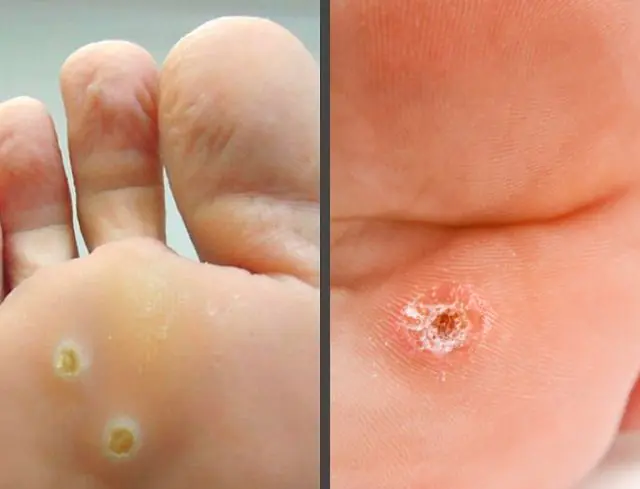
As a rule, at home you can figure out how to distinguish corns from plantar warts. But if you are in doubt, it is better to consult a doctor. Only a specialist can make an accurate diagnosis and prescribe the correct therapy.
Pay attention to these signs when determining what type of tumor you are dealing with:
- Presence of living blood vessels. There are no capillaries in corns, so even if the upper layer of the epidermis is injured, bleeding will not occur. Calluses are essentially dead skin. But what distinguishes plantar warts from corns is the presence of blood vessels in the affected tissue. The papilloma virus does not affect the capillaries, and therefore they remain in the wart. Therefore, if it is damaged, bleeding will occur.
- Contours of the neoplasm. Calluses are, as a rule, shapeless growths of dead tissue that smoothly transform into healthy areas of the epidermis. Plantar warts have clear contours and have a dense ridge of skin that surrounds the body of the growth. These formations are round or oval in shape. They have more regular outlines than corns.
- Hue. These growths can be different in color, so it is quite difficult to determine exactly what kind of growth you are dealing with based on this feature. Usually corns are yellowish, but warts can look the same. Sometimes viral formations become brown, brown, gray.
- Discomfort. Corns cause almost no discomfort to the patient. Only particularly large growths in the area of the sole and fingers can cause a burning sensation and pain. Warts are always painful if you press on them. This is due to the fact that in addition to blood vessels, pain receptors are also preserved in viral tumors.
If you do not know how a corns differs from a plantar wart, pay attention to the presence of subsidiary tumors near the main one. Plantar warts often have several adjacent smaller growths.
- Read also how to distinguish a plantar wart from a callus
Features of treatment of growths on the foot
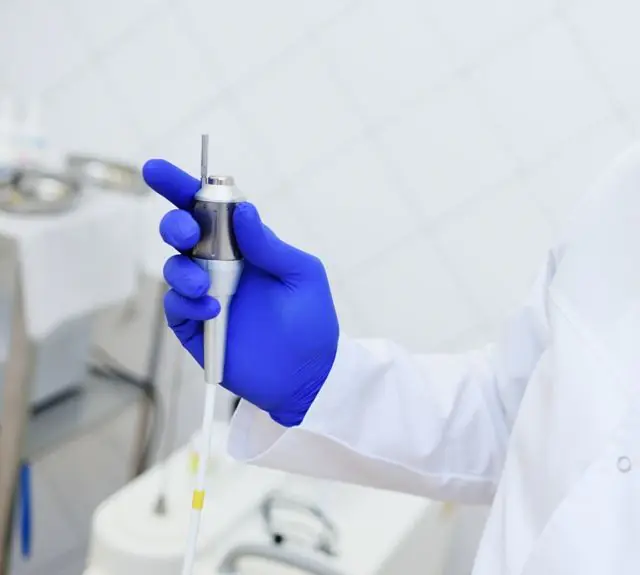
It is quite possible to get rid of corns at home. If it is small, then a simple procedure of steaming the foot in a warm bath is sufficient. You can add soda, sea salt and herbal infusions to the water. You need to keep your foot in water for several minutes and then cut off the area of rough skin with scissors or a special razor. This is a simple and painless procedure. But at the same time, it is necessary to observe safety measures so as not to touch living areas of the skin.
If you are afraid to do such manipulations yourself, you can contact a specialist at a pedicure salon who will do the procedure quickly using special softening agents.
The difference between plantar warts and corns is that their treatment is more complex and must be approached seriously. Self-medication is not recommended, since the nature of these neoplasms is viral, which means that care must be taken to suppress the spread of the pathogen throughout the body.
To get rid of warts and avoid the risk of recurrence, you should consult your doctor. He will advise not only instrumental removal of growths, but also antiviral and immunomodulatory treatment that will help suppress the activity of the virus.
As instrumental treatment, cryoremoval, laser coagulation, electrocoagulation, and radio wave destruction of growths are usually used. The most common way to remove plantar warts is cryodestruction. The method involves destroying neoplasm tissue with low temperature liquid nitrogen. The cost of such therapy ranges from 600 to 1000 rubles in Russia and from 200 to 450 hryvnia in Ukraine.
The most gentle procedure is considered to be laser removal of growths. This manipulation is painless, leaves no scars and carries no risk of complications. However, it costs more than cryoremoval. In Russia - about 1500-2300 rubles, in Ukraine - 650-1300 hryvnia.
Other methods are used less frequently, as they have a number of disadvantages. For example, electrocoagulation can cause serious damage to the skin due to the thermal effect of electric current. Radio wave surgery is effective and painless, but quite expensive.
At home, they may advise you to carry out a procedure for chemical removal of the wart if it is small and isolated. For this purpose, special pharmaceutical products and plasters are used.
If you don't know how to tell the difference between corns and plantar warts, your best bet is to see a skin specialist. Only he is able to make a final diagnosis. If the problem is uncomplicated, then you can determine the type of neoplasm at home by examining the appearance of the growth and palpating it. However, if you are convinced that you are dealing with a plantar wart, then it is recommended to treat it after consulting a doctor.
- Related article: What is the difference between a wart and a papilloma



